How a Roofing Contractor Can Better the Environment
By Scott & Karen Dillman | January 31, 2025
Roofing contractors play a pivotal role in the construction industry, tasked with the crucial responsibility of ensuring buildings are safely covered. Their influence extends beyond mere construction as they have a significant impact on the environment through the materials they choose and the practices they adopt. As the call for sustainable practices grows louder, roofing contractors are in a prime position to make a difference. By deliberately opting for green approaches, they can concurrently reduce their environmental footprint and contribute positively to combating climate change. This article delves into the steps roofing contractors can take to embrace sustainability and enhance their environmental responsibility.
Implementing Eco-Friendly Roofing Materials
The choice of roofing materials has a profound impact on the environment. Opting for eco-friendly options such as recycled shingles can drastically reduce the waste generated in roofing projects. Recycled shingles are not only energy-efficient but also contribute to reducing landfill congestion. Furthermore, these materials often require less energy for production, thus lowering carbon emissions. Implementing such sustainable choices helps foster a circular economy in the construction industry.
An innovative approach to energy conservation is the adoption of cool roof technologies. These roofs reflect more sunlight and absorb less heat, thereby reducing the need for air conditioning in buildings. This not only cuts down on energy usage but also prolongs the lifespan of the roofing materials. Contractors who integrate cool roof technologies are making strides toward promoting energy efficiency. Such techniques align with global efforts to combat climate change by minimizing energy demands.
Promoting Energy Efficiency
Proper insulation is critical to improving a building's energy efficiency. Insulated roofs help maintain optimal indoor temperatures, reducing the reliance on heating and cooling systems. This not only saves energy but also lowers utility costs for the building occupants. Roofing contractors are in a prime position to advise on and install effective insulation systems during the construction process. Integrating energy-efficient solutions is a testament to responsible environmentally friendly practices.
Energy conservation is further enhanced by incorporating effective ventilation systems. Efficient ventilation aids in regulating indoor temperatures, enhancing air quality, and conserving energy. By ensuring proper airflow, contractors can reduce the burden on HVAC systems, thereby maximizing energy savings. This practice is vital in the pursuit of sustainable development goals within the construction industry. Contractors can contribute significantly by prioritizing ventilation solutions in their projects.
Reducing Waste During Roofing Projects
Efficient project planning and execution are essential to minimizing waste in roofing endeavors. By precisely estimating material needs and avoiding over-ordering, contractors can substantially lessen waste production. Strategic planning also involves coordinating logistics to optimize transportation and delivery processes, further reducing environmental impact. Innovatively, some contractors are adopting lean construction practices to enhance efficiency. Such practices underscore the importance of meticulous planning in sustainable construction efforts.
Recycling old roofing materials is an impactful step toward waste reduction. Asphalt shingles, for example, can be repurposed for road construction, while metal roofs can be melted and reused for several applications. According to Insider, metal roofs are nearly 100% recyclable, exemplifying a perfect case of material sustainability. Roofing contractors can contribute to the overall sustainability of their industry by establishing robust recycling programs. Embracing recycling not only alleviates landfill pressure but also diminishes the demand for virgin materials.
Encouraging Sustainable Roofing Practices
Education and certification programs are vital in promoting sustainable practices among roofing contractors. Training programs offer valuable insights into the latest sustainable technologies and materials available in the market. Qualified contractors are better equipped to advise clients on eco-friendly roofing solutions, thus driving the demand for sustainable options. Training not only enhances contractors' skill sets but also empowers them to integrate environmental considerations into their daily operations. By pursuing continuous education, contractors can stay ahead in the ever-evolving landscape of sustainable construction.
Educating clients about sustainable options is a crucial step in fostering widespread adoption. Contractors who take the time to explain the benefits of eco-friendly materials and practices empower clients to make informed decisions. This engagement can shift market preferences towards sustainable solutions, ultimately supporting global sustainability efforts. Building strong relationships based on transparency and education can also boost contractors' reputations and customer satisfaction. Through client education, contractors play an instantaneous role in advocating for environmental preservation.
Partnerships with green building organizations can amplify the reach and impact of sustainable practices. By collaborating with like-minded organizations, contractors gain access to a wealth of resources, expert guidance, and networking opportunities. Additionally, these partnerships position contractors as thought leaders committed to responsible construction practices. Active participation in green building initiatives also attracts environmentally conscious clients. Overall, establishing strategic alliances propels contractors into the forefront of efforts to champion sustainable development within the construction field.
Building Community Awareness and Partnerships
Community workshops and educational programs serve as a conduit for dispelling myths surrounding sustainable construction practices. By hosting engaging workshops, contractors can raise awareness and garner support for eco-friendly solutions within their communities. These educational strides create an informed public that is more inclined to embrace sustainable models. Contractors emerge as community leaders championing green causes through such initiatives. Ultimately, community engagement is essential in cultivating a culture of sustainability that transcends individual projects.
Collaborating with local environmental groups cements contractors' roles as advocates for environmental stewardship. By joining forces with these groups, contractors can align their efforts with a community-driven approach to sustainability. These collaborations provide valuable opportunities for knowledge and resource sharing, enhancing contractors' ability to maximize their environmental impact. Constructive partnerships also stimulate the development of innovative solutions and sustainable practices across the construction industry. Contractors who prioritize building a collaborative network position themselves at the forefront of communal environmental action.
Participation in green building initiatives links contractors with broader sustainability movements. These initiatives often focus on reducing carbon emissions, implementing eco-friendly technologies, and promoting sustainable labor practices. By actively participating, contractors can contribute to achieving large-scale environmental targets set by governments and international bodies. Contractors' involvement signals their commitment to sustainability, thereby strengthening client trust and industry reputation. Embracing these initiatives elevates the construction sector as an indispensable partner in the fight against climate change.
Utilizing Sustainable Roofing Designs
Sustainable roofing designs are becoming increasingly popular as building owners seek ways to reduce their environmental impact while enhancing energy efficiency. Roofing contractors can contribute to sustainability by incorporating designs that optimize natural resources and improve overall building performance. One such approach is the use of passive solar design, which strategically positions roof elements to maximize natural heating and cooling, reducing reliance on artificial energy sources.
Another innovative sustainable roofing design is the integration of modular roofing systems. These systems are designed for easy installation and replacement, minimizing waste during renovations or repairs. Modular components can be repurposed or recycled, further reducing environmental impact. By embracing sustainable roofing designs, contractors can deliver long-term value to their clients while fostering eco-friendly construction practices that support a greener future.
Roofing contractors have a unique opportunity to enact meaningful environmental change through thoughtful decision-making and sustainable practices. The construction industry holds a collective responsibility to integrate sustainability into every facet of its operations. Roofing contractors, equipped with the right tools and knowledge, can set a precedent for other sectors to embrace greener methodologies. The future of sustainable construction depends on the industry's commitment to ongoing improvement and adaptation. Contact Dillman Brothers today to learn more.
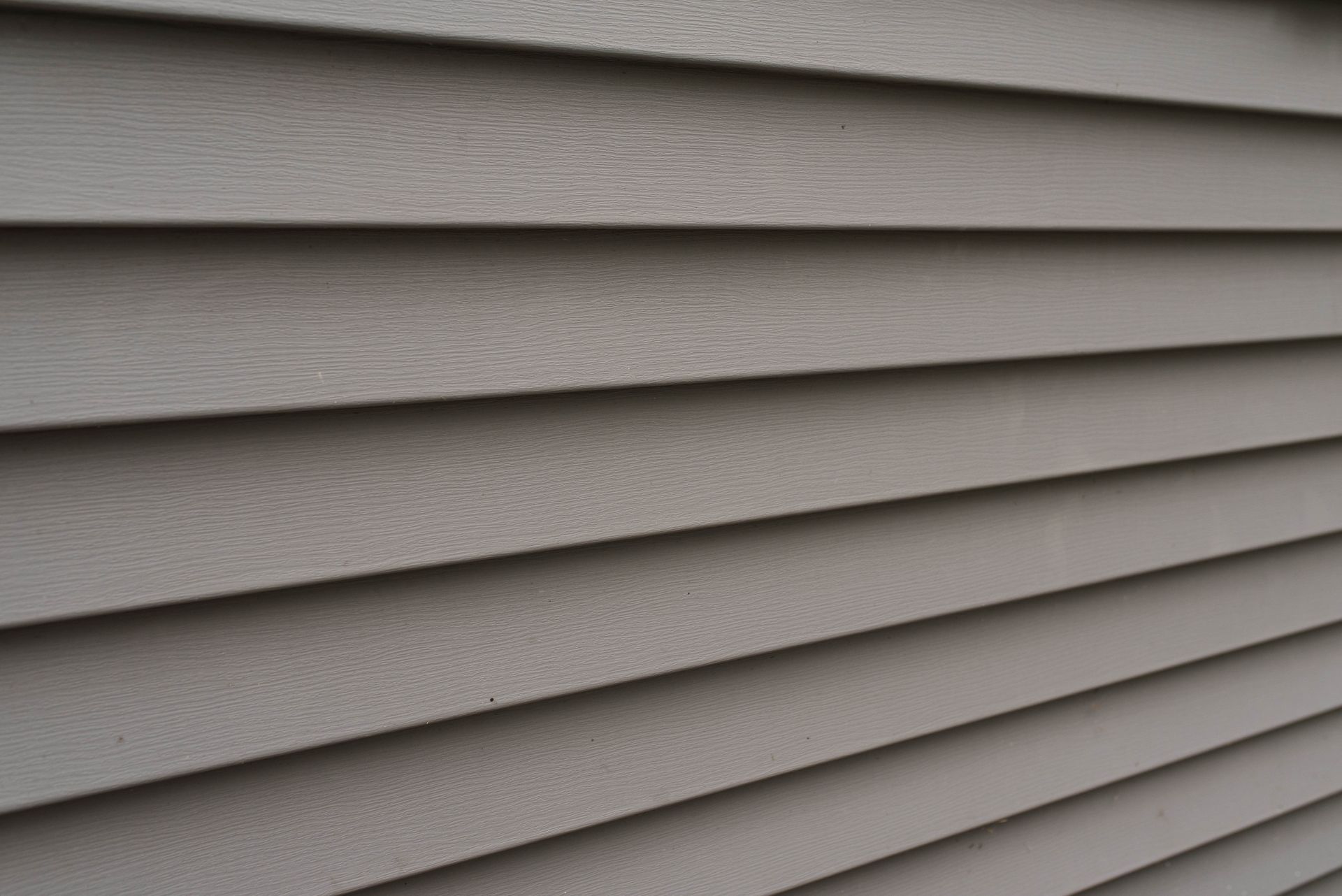


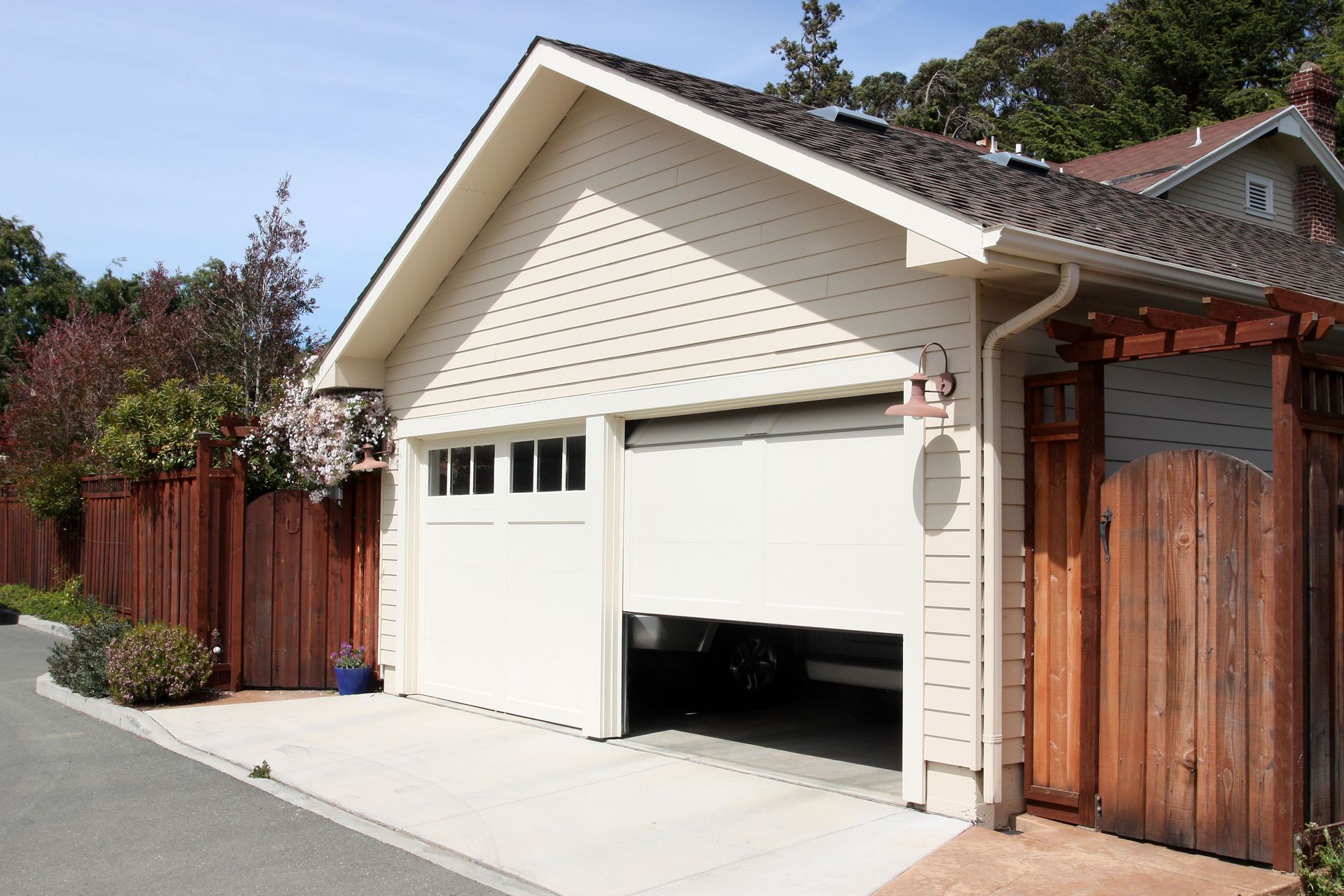
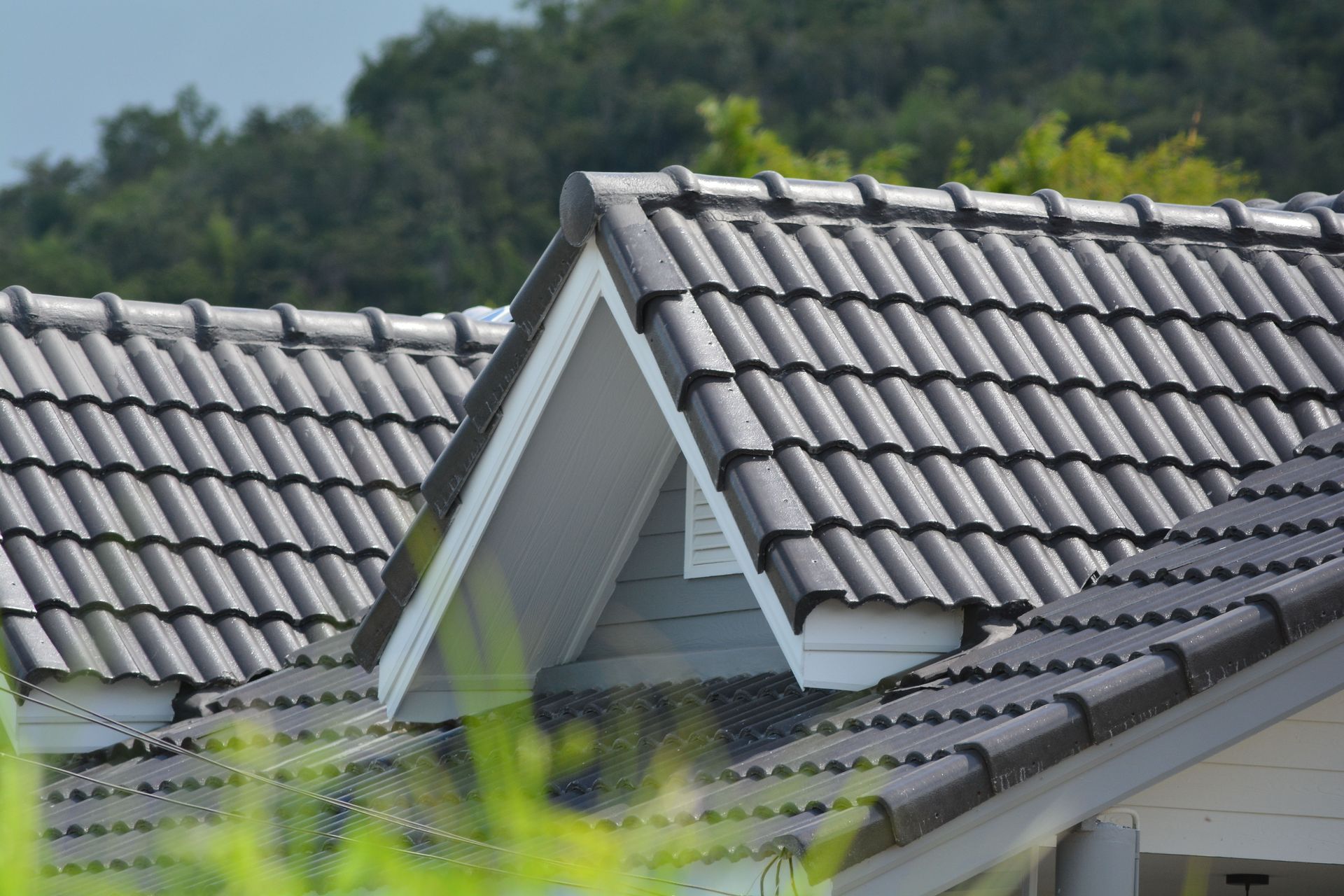
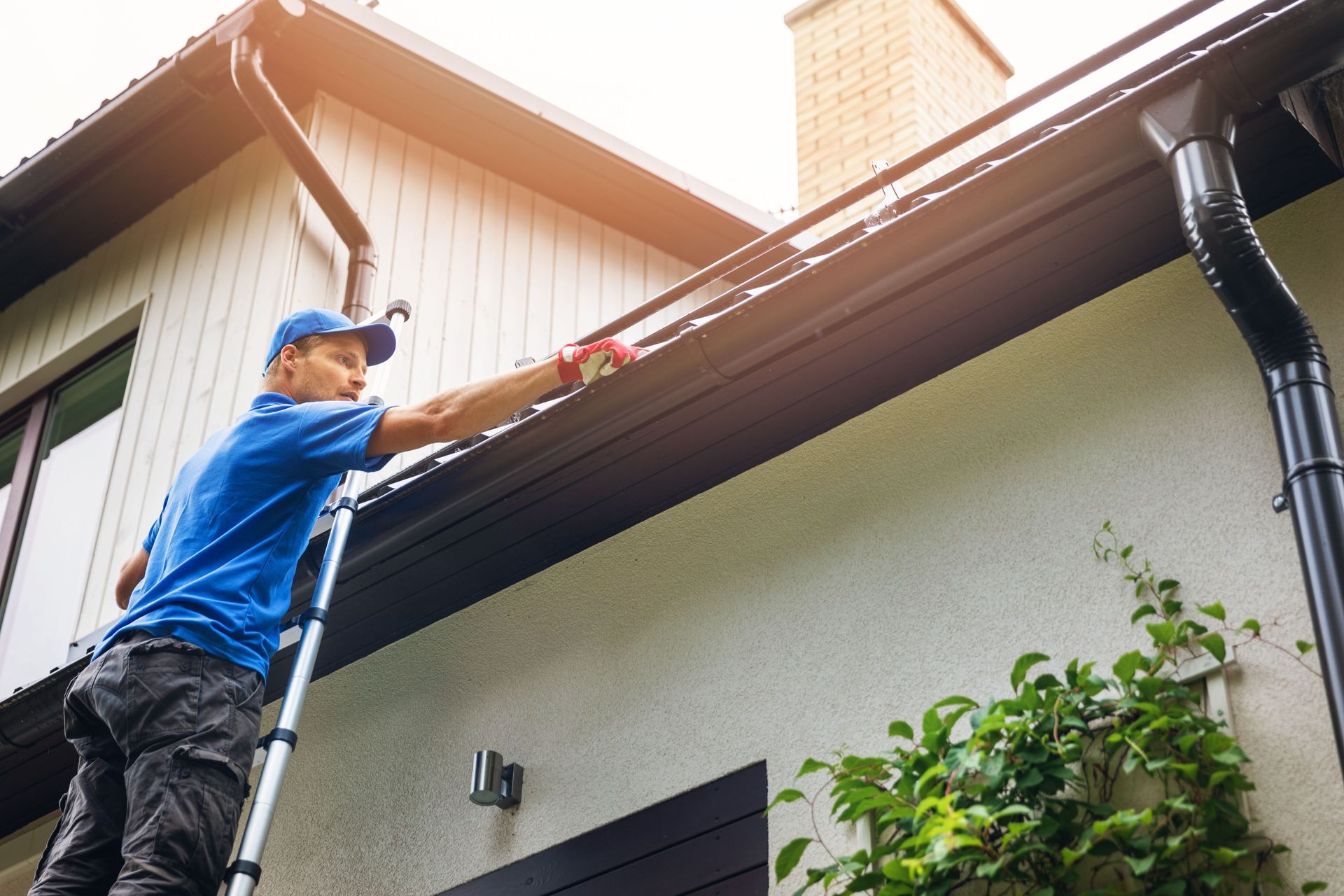
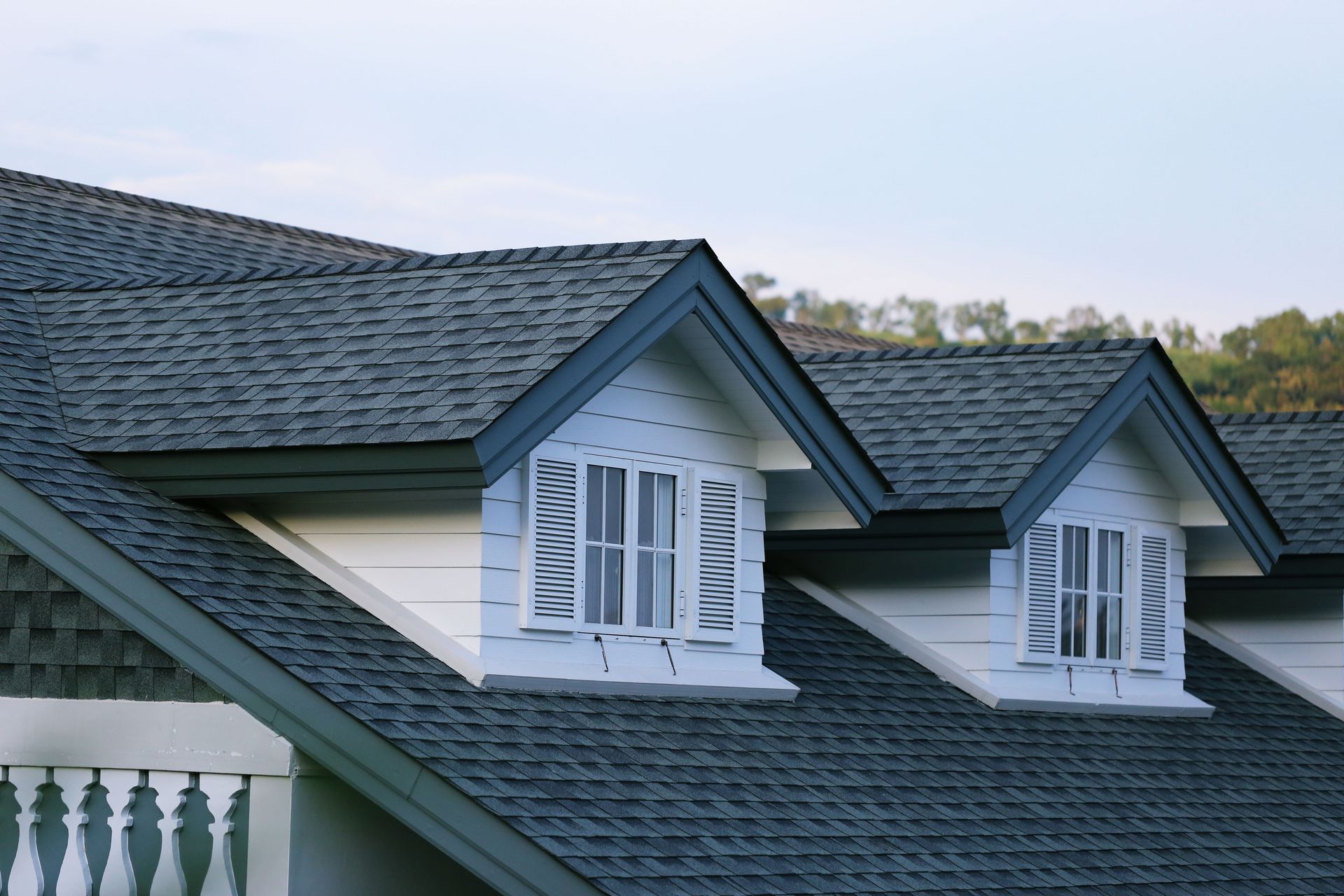
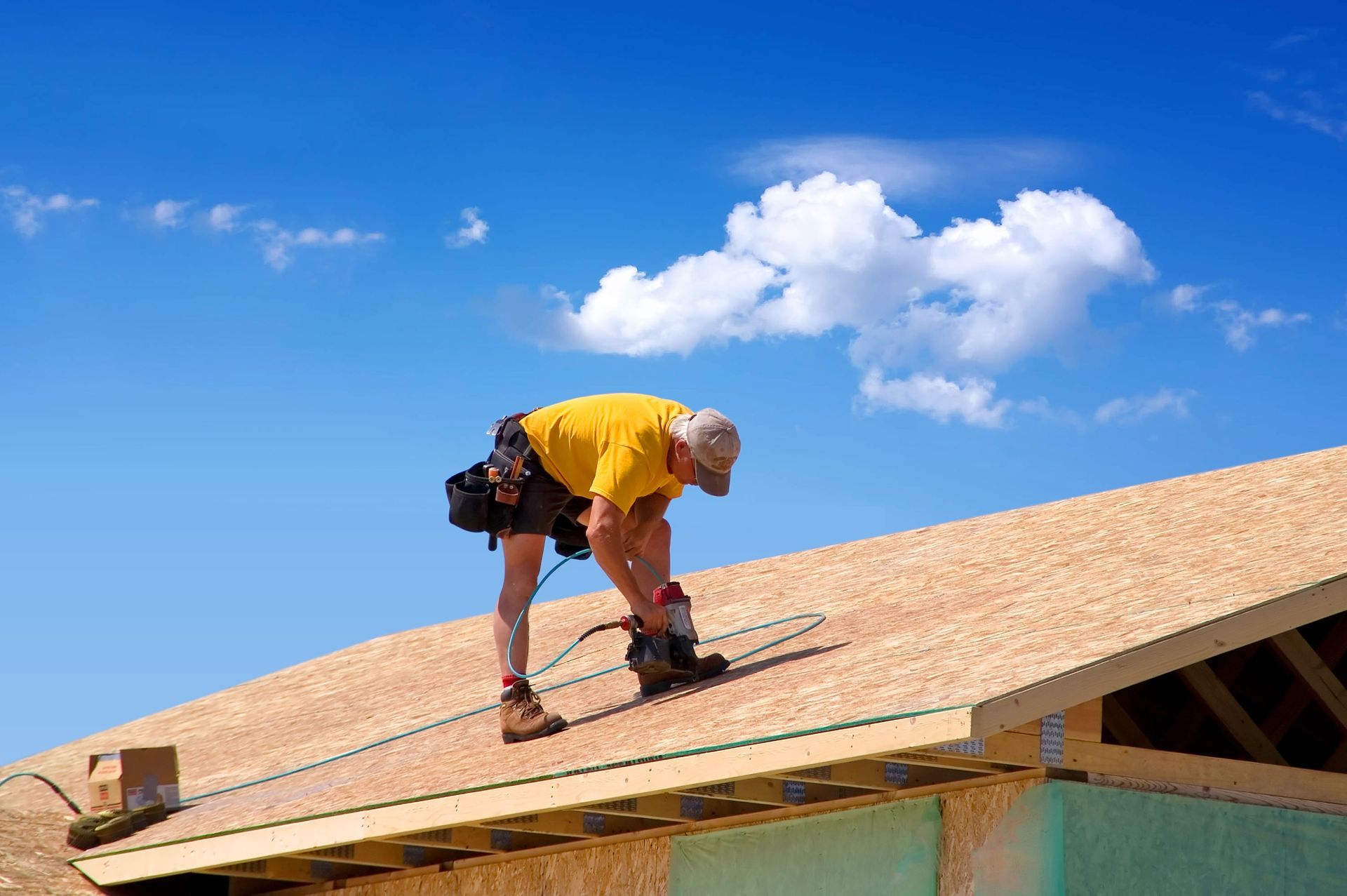
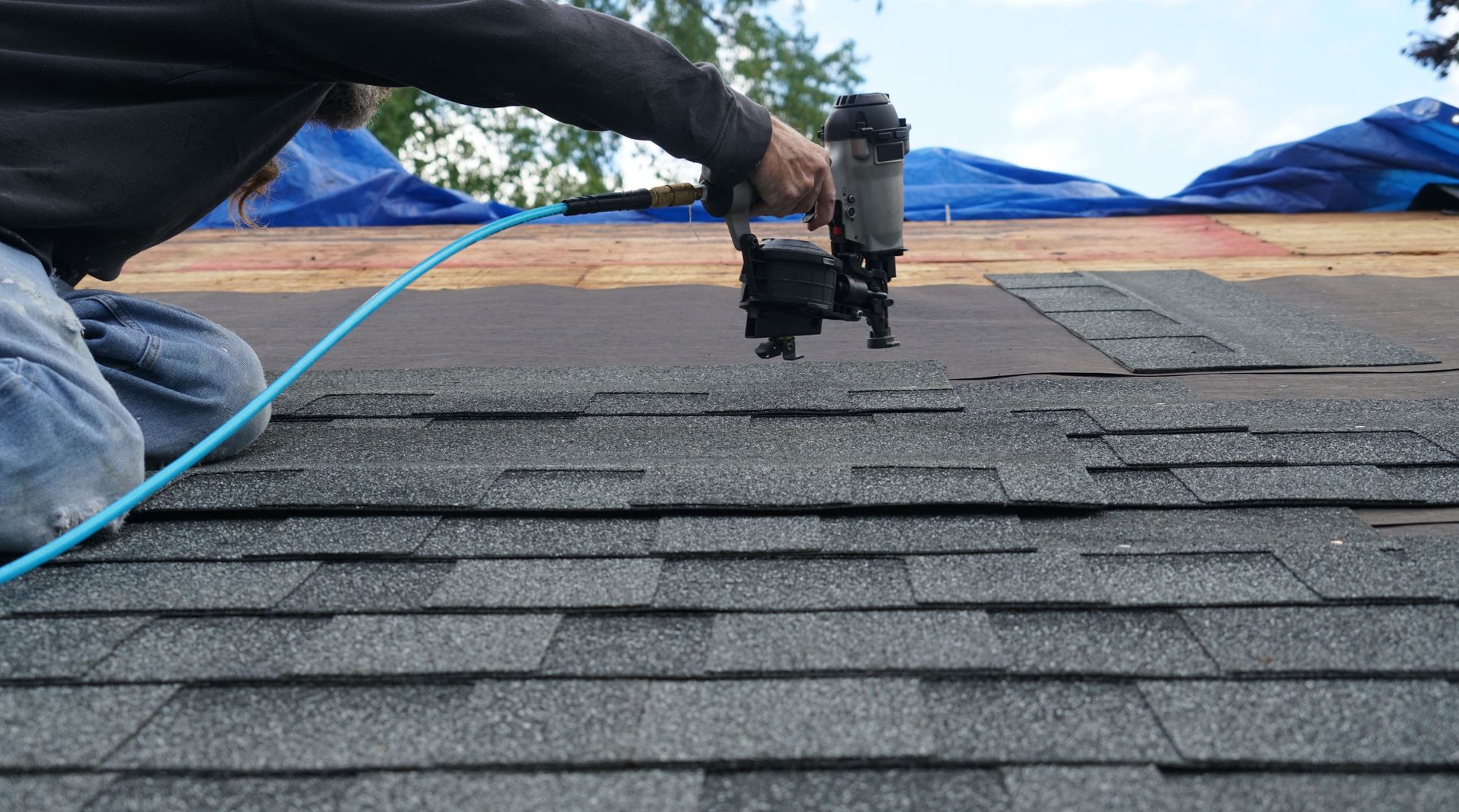

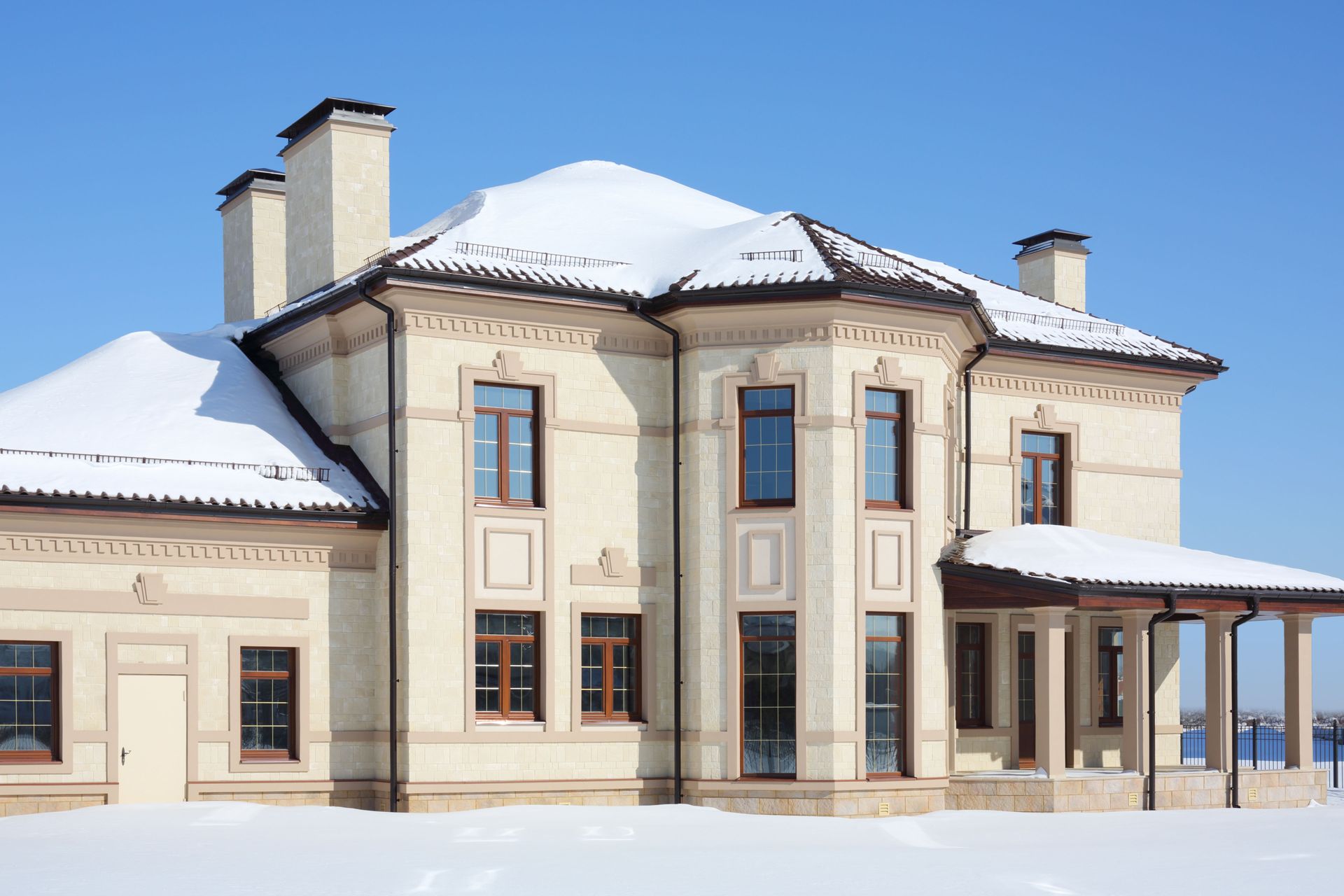
Share On: